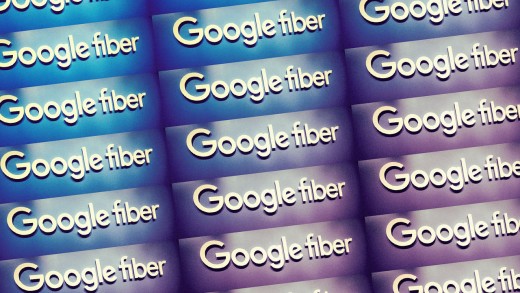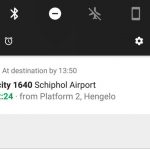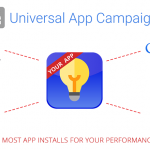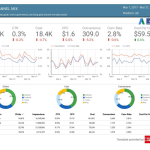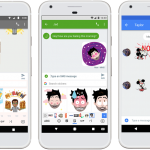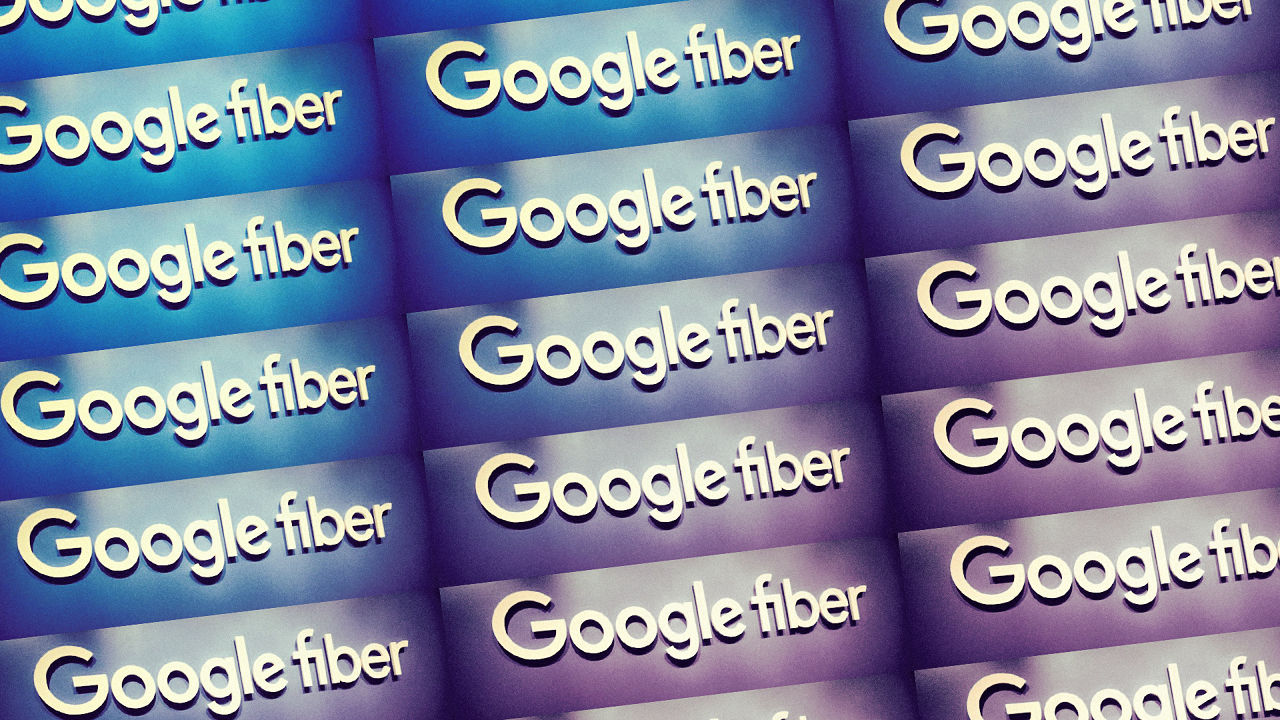because of Google Fiber, that is the united states’s best-related Public Housing building
100 low-income households in Kansas metropolis now have one of the best web get admission to money can purchase—without cost.
February three, 2016
starting these days, each family in a Kansas metropolis townhouse group known as West Bluff could have get admission to to Google Fiber, the gigabit-pace internet access that makes other flavors of broadband really feel like a gradual anachronism. and they’re getting it free of charge.
West Bluff’s one hundred houses are part of a public housing development, and they’re getting $zero Fiber as a part of Google’s commitment to deliver internet get right of entry to to deprived americans, part of the ConnectHome initiative spearheaded by the U.S. division of Housing and concrete construction. Google Fiber has plans to supply its free service to 1,300 such households in Kansas city, and says it will also extend it to reasonably priced housing developments in the different cities which might be lucky sufficient to have Fiber. (it is currently on hand in Kansas metropolis, Austin, and Provo, Utah, with six other cities on the best way and extra under consideration.)
“more and more, tech-savvy mind energy is the brand new foreign money of success,” says HUD secretary Julián Castro, who will likely be available at West Bluff for the ceremonial rollout. “We should not have a single particular person to waste. We wish to be sure that young people of modest approach additionally must the tools they need to succeed within the 21st-century world financial system.”
without initiatives reminiscent of ConnectHome, poorer american citizens’ get admission to to the internet is iffy in a couple of methods. Castro told me that more than half of low-earnings households do not need broadband. A new learn about with the aid of Sesame Workshop’s Joan Ganz Cooney center and Rutgers college studies that low-earnings oldsters in such households continuously have terrible high quality web and face provider disruptions when they are able to’t pay. moreover, when low-cost broadband is on hand, they incessantly don’t make the most of it.
For center- and high-earnings customers who can easily find the money for Google Fiber, it can be an enormous hit: Penetration is seventy five% for such households in areas where provider is available. At West Bluff, Google Fiber took pains to make getting online as straightforward as imaginable. It installed a Wi-Fi-enabled internet box in each and every residence, permitting residents to make use of PCs, drugs, and smartphones. the first time they connect, they get a sign-up page that allows them to sign up for provider, in the same type that is equipped to paying buyers.
“It eliminates one of the crucial friction of signing up and then waiting for a home install,” says Erica Swanson, head of community affect for Google Fiber. “We needed the brand new experience to be optimized for people getting online for the primary time.”
Gigabit web is not of much use to people who do not have units that may make use of it, and whereas web-enabled phones are common in low-earnings households, it’s not a on condition that everyone has a computer or different bigger-reveal device suitable for schoolwork and other educational activities of the sort that this initiative is designed to motivate. So Google Fiber is working with native partners in Kansas city similar to Surplus exchange to make refurbished PCs and different gadgets available at inexpensive prices. it is also partnering to conduct digital-literacy programs aimed toward people who can have had much less publicity to the internet than the typical American.
For now, West Bluff stands alone as the very best-related public-housing construction in the united states. but the whole level of ConnectHome is to make such communities having top of the range web get right of entry to utterly not unusual. With Google Fiber’s plan to achieve 1,300 houses, “we’re talking a few timeline in Kansas city of four-6 months,” says Castro. “For ConnectHome usually, in 28 communities, they’ve all held their initial convening, hanging collectively a blueprint to connect public housing communities. we will see more of them related in the following few months.”
(13)

